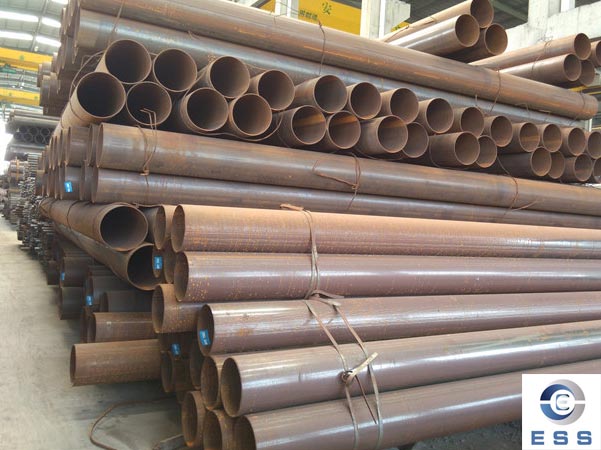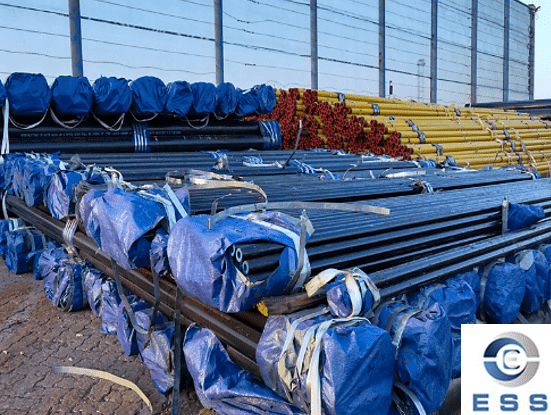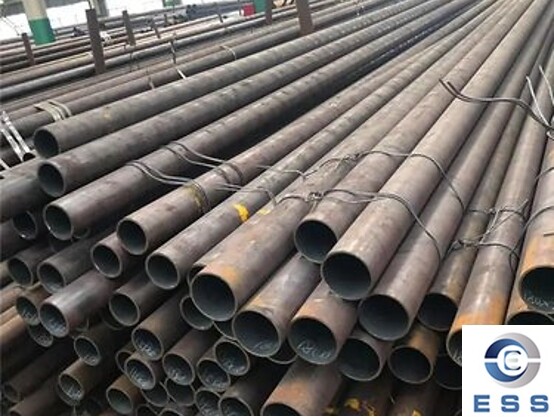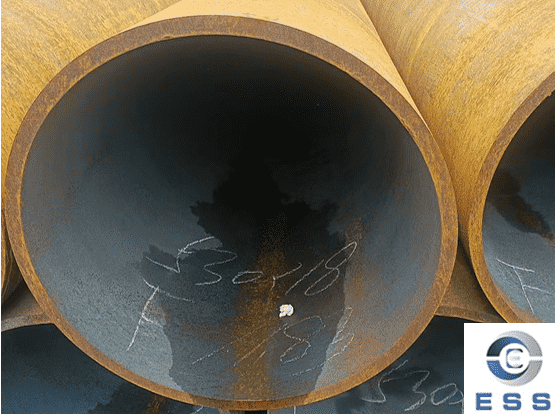What does ERW mean in welding?
ERW pipe stands for
electric resistance welded tube and is one of the most popular and widely used techniques for welding together metals and alloys. In ERW welding, two pieces of metal (or other materials) are placed in contact with each other, and then a current is passed through the area. The heat generated by the electrical resistance of the metals causes them to melt together and form a strong bond. This type of welding process is considered to be more efficient and cost-effective than other methods since it requires less preparation time and can be used on a variety of different metals.
Advantages of ERW
ERW welding has become popular due to its many advantages. One of the biggest benefits is that it is a very efficient process, as it requires very little preparation time and can be completed quickly. This makes it ideal for mass production and large scale projects. Additionally, the welding process does not require any special equipment or techniques, meaning that it can be easily performed in a variety of locations. It is also a cost-effective method, as it only uses electricity and does not require additional equipment or materials.

Another benefit of ERW is that it can be used to join various types of metals and alloys. The process works by creating a strong electrical resistance between the two metals, which causes them to melt and fuse together. This makes it highly versatile and can be used to weld stainless steel, aluminum, brass, and even titanium. Additionally, ERW can create strong and durable welds that can withstand harsh conditions and temperatures.
Disadvantages of ERW
Despite its wide range of advantages, ERW also has some disadvantages. One of the main drawbacks of this welding process is that it has a relatively high rate of defects if the operator is inexperienced. Additionally, the heat generated during the process can be too intense, causing the metals to distort or melt too quickly. This can result in a poor quality weld, making it unsuitable for certain applications.
Furthermore, ERW can be difficult to control for accuracy, as there are no visible sparks or flames to guide the operator. This means that the user must be experienced and knowledgeable in order to achieve consistent results. Finally, ERW is not suitable for use with extremely thin metals, as the heat generated can easily cause the metal to melt away.
Uses of ERW
ERW welding is widely used in a variety of industries, from automotive manufacturing to aerospace engineering. The technique is often used for mass production purposes, as it is fast and efficient, and does not require any additional equipment or materials. Additionally, ERW is often used to weld together thicker metals, as it creates a strong and durable weld. ERW is also popular for welding non-ferrous metals, such as aluminium and copper alloys.
Conclusion
In conclusion, ERW is one of the most popular and widely used welding methods, with its versatility and efficiency making it ideal for mass production and large scale projects. Despite having some disadvantages, such as its high rate of defects and difficulty controlling accuracy, the process is highly reliable and can produce strong bonds between various types of metals. ERW is increasingly becoming the go-to solution for welding metals and alloys, and is likely to continue to be used in a variety of industries in the future.













 Eastern Steel Manufacturing Co.,Ltd not only improve product production and sales services, but also provide additional value-added services. As long as you need, we can complete your specific needs together.
Eastern Steel Manufacturing Co.,Ltd not only improve product production and sales services, but also provide additional value-added services. As long as you need, we can complete your specific needs together.










